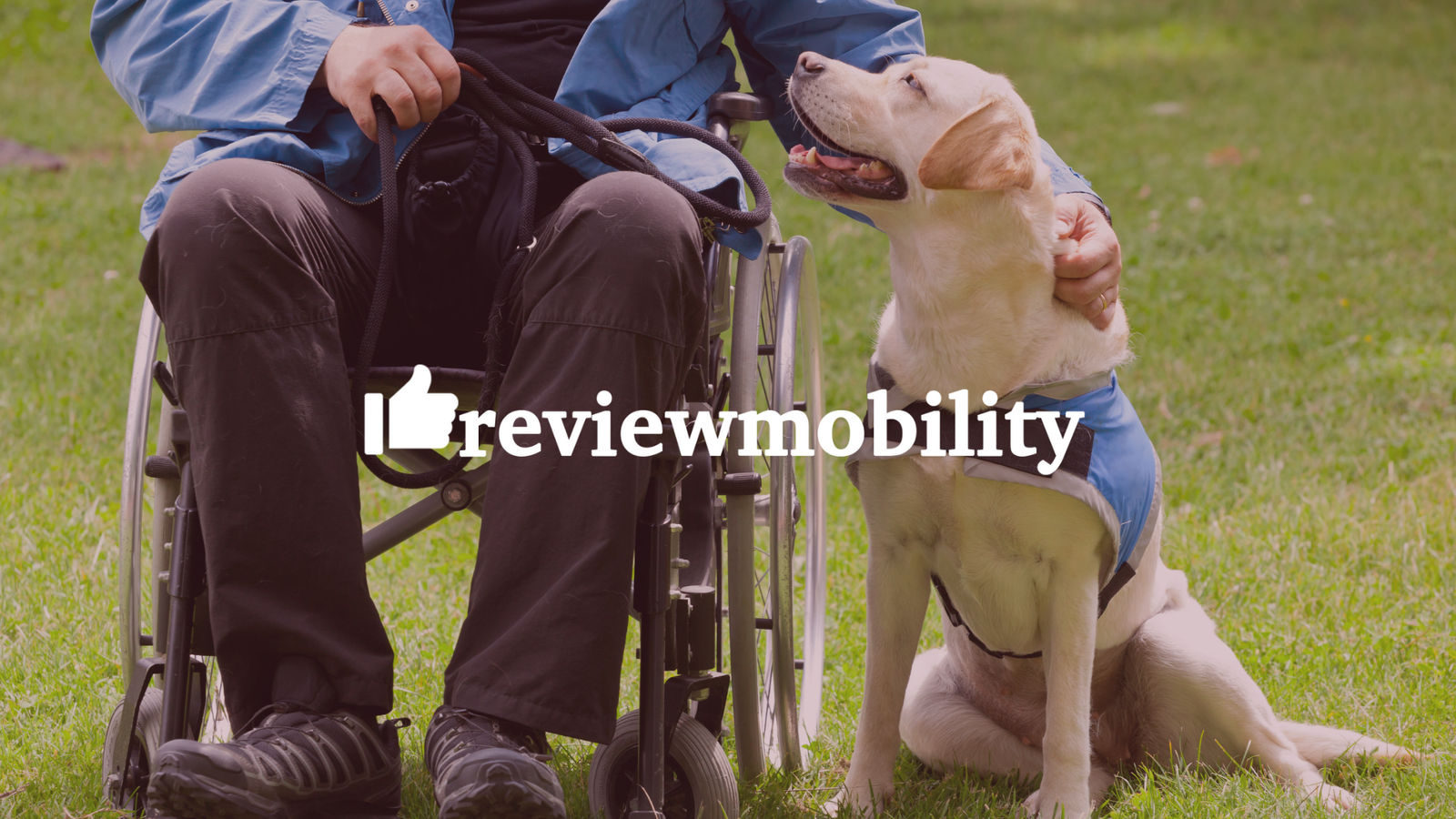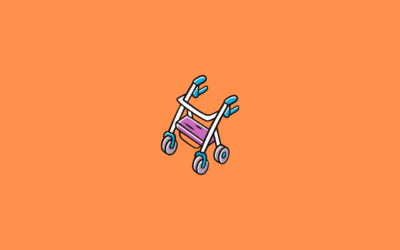Key Takeaways For A Guide To Walking Aids
Choose a walking aid based on your mobility needs and the terrain you’ll be walking on, considering options like rollators or tri-walkers.
Enhance your walking aid with accessories like canes or sticks, and consider factors like wheels and strength when purchasing.
Different types of walking aids, such as tri-walkers, rollators, and crutches, cater to specific needs and and offer stability and flexibility in various situations.
Top Walking Aids
Walking sticks and canes have evolved significantly since their inception. Thanks to advancements in construction and design, wheeled walkers are now more robust and stylish than ever. Rollators and tri-walkers offer a smooth ride and a comfortable seat, making them excellent options for mobility assistance. Additionally, crutches and canes are available in various colours and sizes, enhancing accessibility and personal choice. Here is a comprehensive guide to walking aids.
Guide To Walking Aids Key Points
- Consider using a rollator or tri-walker without a walking frame or crutches.
- In this walking aids lesson, you’ll have to pick whether or not your walking aid has wheels.
- Consider where you want to use your walking assistance and how much strength, stability and mobility you have before choosing.
- Cane users are responsible for the importance of anything they are trying to move with the cane.
- Because of this, a crutch provides you with much more leverage than a cane.
What Is The Purpose Of Using A Walking Aid?
Walking aids were substantially less advanced when they were initially developed. Improvements in design and manufacture have made wheeled walkers more durable and appealing. Rollators and tri-walkers are the perfect choices for those who want to stroll. The market for crutches and canes has expanded by introducing new colours and sizes.
Where Do You Use A Walking Aid On A Day-to-Day Basis?
When choosing walking assistance, remember the terrain you’ll be walking on. A rollator is better than a cane if you intend to go outside. A four-wheel frame gives additional stability, and heavier-duty wheels let specific models ride farther in rugged or uneven terrain. It’s a good idea to have a cane at home if needed. Food and drink may be transported from room to room using wheeled walkers and clean trays.
The Market Is Flooded With A Variety Of Walking Aids.
Consider using a rollator or tri-walker without a walking frame or crutches. A cane or a walking stick may benefit persons with good balance, but one side of their body is weaker than the others. Walkers and canes are no longer the sole options for folks who need aid with movement, but they’re no longer the only alternative. A crutch or a walking stick may be a valuable ally if used properly. Find more comfortable grips for your hand since they have been ergonomically designed. Using knee walkers instead of crutches and walking sticks is possible since they need less upper-body strength.
For Walking Aids, This Is An Accessory.
You may enhance your walking aid with a few easy changes and extras. These include canes and sticks for walking. It can be used as an accessory or additional equipment for a wheelchair or mobility scooter. You won’t be able to walk without tripping if your original ferrules wear out.
This Is What You Should Keep In Mind When Purchasing A Walking Sid.
In this walking aids lesson, you’ll have to choose whether or not your walking aid has wheels. Before deciding, consider where you want to use your walking assistance and how much strength, stability, and mobility you have. The information in the following section will assist you in making an informed decision about the many types of walking aids on the market.
Types Of Walking Aids
There are many types of walking aids, each with pros and cons. Here is a range of styles:
Walkers
People with disabilities may more easily go about it because of the many contact points a metal framework provides. On the other hand, a wheeled gadget has at least one point of contact. Crutches and canes have fixed rubber ferrules. You may also use the built-in seat to store the user’s belongings.
A Cane-Walker And A Cane Hybrid
With a cane, two legs do not offer lateral support. As a result, hybrid vehicles are a better option. Unlike a club, this device can be handled in front of the user like a walking stick, making it more convenient. Single-handed operation is possible on the front and side handles. Different settings are available while using the aided mode on the stairs. Hybrid walkers are not a substitute for two-handed walkers or four-legged walkers.
A Walking Sticks
This walking aids guide also provides simple yet effective help. The weight is transmitted to the ground while the shaft is gripped in one hand. Cane users are responsible for the importance of anything they are trying to move with the cane. The hands and wrists bear the brunt of the weight.
Pair Of Crutches
Using a crutch with a shaft that links directly to the elbow or armpit is preferable to a shaft connecting twice. Because of this, a crutch provides you with much more leverage than a cane. Canes, crutches, and forearm crutches are all available on the market today. The bands connected to the handles support patients’ forearms using these crutches. Forearm crutches may be better than canes if you need more walking assistance. Stability and balance are improved, and the wrist is less burdened due to including a forearm component.
What’s The Difference Between A Rollator, A Tri-Walker, And Other Mobility Devices?
When it comes to walking, tri-walkers and rollators may share similar features. Tri-walkers have three wheels instead of four, while rollators have four. When going about in confined spaces, tri-walkers are more flexible than rollators. Tri-walkers are easy to travel and store since they have one wheel to deal with. On the other hand, rollators can be rolled up and placed in your vehicle’s trunk or back seat, while walkers are more challenging to store. Many tri-walkers and rollators share the same characteristics, from chairs to storage bags. Stability, agility, and lightness are all things you’ll want in your walking assistance, so seek one that can manage a lot of traffic.
Summary Of Complete Guide To Walking Aids In The UK
Rollators and tri-walkers are the perfect choices for those who want to stroll. The market for crutches and canes has expanded by introducing new colours and sizes. Food and drink may be transported from room to room using wheeled walkers and clean trays. There are many types of walking aids on the market. You’ll have to pick whether or not your walking aid has wheels.
Consider where you want to use your walking assistance and how much strength, stability, and mobility you have before choosing. This is what you should keep in mind when purchasing a walking sled. Cane users are responsible for the importance of anything they are trying to move with the cane. If you need more assistance while walking, forearm crutches may be better. Tri-walkers have three wheels instead of four, while rollators have four.
Top Walking Aids
Explore More About Walking Aids
- Best Walking Aids for Stability and Mobility – Discover the best walking aids designed to improve stability and mobility for those with walking difficulties.
- How to Choose the Right Walking Aid – Learn how to select the best walking aid based on your needs and preferences.
- Walking Frame Buying Guide – Find out how to choose the right walking frame to suit your mobility needs and lifestyle.
- Rollators vs. Walkers: Which Is Best for You? – Explore the differences between rollators and walkers to determine the best option for your mobility.












